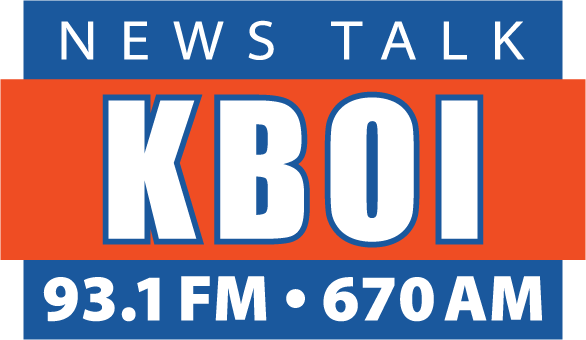Recently I was trying to explain the difference between highways and freeways to someone who didn’t previously know that there was a difference. I said that a highway was like a long street, and a freeway was designed to let people drive long distances in a short time. That made no sense if you’ve ever been on a freeway near a major city, crawling along and getting nowhere.
I tried this explanation: when you’re driving one direction on a highway, there are cars on the same road driving the opposite direction. But a freeway is separated, so people going east are on one road and people going west are on another. But there are exceptions. Some highways split apart. And some freeways get really close when there’s a lack of space. Finally, I tried this: On a freeway, you either have to use a designated exit or stay on the freeway forever. But highways have stop signs and stoplights and driveways and parking lots and adjacent streets. Freeways just have entrances and exits.
Highways also have “roadside attractions”. And the most famous old highways, like Route 66, had lots of them, including oddly-shaped restaurants, statues, museums and zoos. Most roadside attractions began to disappear in the late 1950’s after President Dwight D. Eisenhower made coast-to-coast freeways a priority. But freeways weren’t just invented at that time. New York had them in the 1920’s and called them “parkways”. And the Germans created the autobahn in the 1930’s in anticipation of World War 2, which they were planning to start. Freeways made it easier to move the military when necessary. And that’s what prompted Eisenhower to push the American version 20 years later.
The first highway from the east to west coast was the Lincoln Highway. It started in Times Square in New York City and ended in Lincoln Park in San Francisco. In between it passed through 12 states and 700 towns.
On the Internet, I found out that the number one roadside attraction in Laramie, Wyoming, the site of next weekend’s Boise State-Wyoming football game, is the giant head of Abraham Lincoln. Traveling west on I-80 between Cheyenne and Laramie, you can’t miss it. It’s a 13-and-a-half-foot copper sculpture atop a thirty-foot pedestal. It was sculpted by a University of Wyoming art professor and installed in 1959 on Lincoln’s 150th birthday. The freeway construction hadn’t reached Wyoming by that time, so the statue was placed on the highest point along the entire Lincoln Highway coast to coast, which happened to be near Laramie. After the freeway was finished, the statue was moved near I-80 so it could be seen by more people, even though it’s now at a lower elevation.
Interestingly, the second most popular attraction in Laramie is also a copper statue, this one of a dinosaur on the University of Wyoming campus. Wyoming is one of the few states in the U.S. that has an official state dinosaur, which is the triceratops. So if you want to know why the statue is of a t-rex, you’ll have to ask someone at Wyoming next week.








